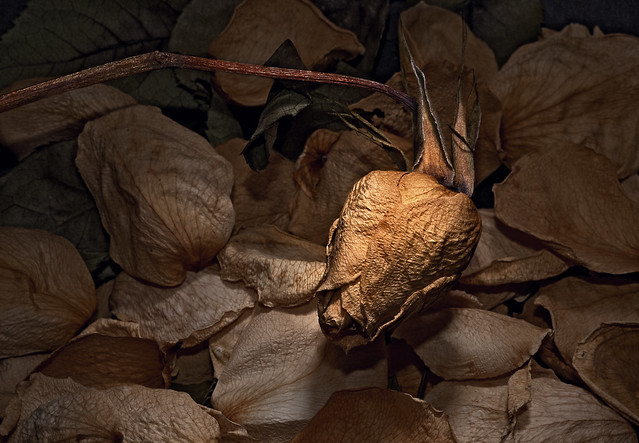I'm wondering how some of the folks on here frame a picture to tell a story? The way i understand it is: a picture can have too little or too much, the layers of the out of focus background can have a secondary role to frame your main subjects in. I am having a hard time processing all the elements in finding the right composition when i'm in the field, it just gets overwhelming. My question really is that: how do you sort out through the mess when you are in the middle of a shoot? Not when you have time to plan things out, but when you are shooting from the hip.
"I'm wondering how some of the folks on here frame a picture to tell a story?"
If you're creating a painting, composing a piece of music, or writing a book, there are rules to adhere to. Everyone practices their craft through mimicry, repetition, and identifying rules. Part of progression is making mistakes (not breaking the rules properly, or not understand the parameters of particular rules). But to your question: How do you tell a story with one photograph? You just have to see something, and capture it. It's a matter of seeing exactly what needs to be in the frame to ask your question, or tell the story, or convey the exact emotion you saw. You could say you are glozing about, editing what really happened... but no one sees what *actually* happened! They remember what they experience. EveryonA good photograph captures that, rather than what the sensor normally would capture on its own, which is just a frame. The reason why I think there's no straight answer to this comes right back to what I said about a book, or a good painting... you can know every rule, but if you haven't practiced applying those rules enough, you won't ever produce what you really want to. There is some universality to the rules of photography, but a story can be told in so many creative ways.
There's a few things that you can do to help yourself. The first is to not get too hung up on getting everything correct... just shoot. The second is to set goals... pick out rules that you want to apply to your photography, or challenge in your photography. The third is to view other peoples' photographs, and identify what rules they have used or broken.
I really like this video. It's a little different than other photography advice videos I've ever seen... he provides a lot of really solid, in-your-face, straight-to-the-point, easy-to-digest lessons. One of my favorites is his lesson about the horizon. You can apply it to more than just landscapes. It's essentially the rule of thirds, applied to the horizon. He indicates that there is a battle going on in the frame for dominance, between the land and the sky. To paraphrase, he says that everyone wants a winner... ties are boring. So, set your horizon at a 1/3 line, to either allow the sky to win, or the land. This can end up being at a 1/4 mark (top 1/4 or bottom 1/4 of the frame), but you get the idea. This can also shift depending on how maybe a skyscraper might add to what seems like the barrier of the horizon line. Here's the link to the YouTube video:
This simple one piece of advice can be furthered in your photography. Does something win out in the frame? Why does it win out? What is it winning against? Is there something your subject can be contrasted with, or complemented by? A competition, or maybe an alliance? I mean, we can just take post #19, which is a great example of something winning out in the frame. The dying rose has won the primary light source, it wins the concluding portion of the leading line (the stem), It wins the foreground of the picture (it's raised the highest). But the frame isn't filled with the dead rose... so what is the frame filled with? Well, it's filled with dead petals and leaves. They're sort of an empty space, and yet a filled space... random, but a bed for the dead rose. But then we can apply another rule to the same photograph... rule of thirds in framing... and again, it seems to adhere to that rule fairly well. The use of diagonals to provide a sense of change? Yep. Subject weight, in contrast with something else that is a slightly lower-tier subject? Yes, the dead stem seems to be a secondary subject that accents the primary subject (the dead rose head). I'm pretty bad with deciding what is at the barriers of the frame (serving to keep the frame a rectangle or box)... I can't speak much on that.
The point is that you can really go on forever looking at different rules and applying them to your photography. It's worth looking at different photographs and figuring out what makes them work, how they apply rules, how they break rules... just practice different things, and become fluent with new skills as you go. Identify what is interesting... force the viewer to feel something, or better yet, to be left wondering something, even if that something is so little (even a half-thought that no finger can be put on). Oh, and then there's the difference between taking one photograph, and creating a body of work... there's different types of photographs, some that stand on their own, some that only work with the body of work, and some that can do either. There's different genres of photographs too... stock photographs can be beautiful, yet clean like soap.














